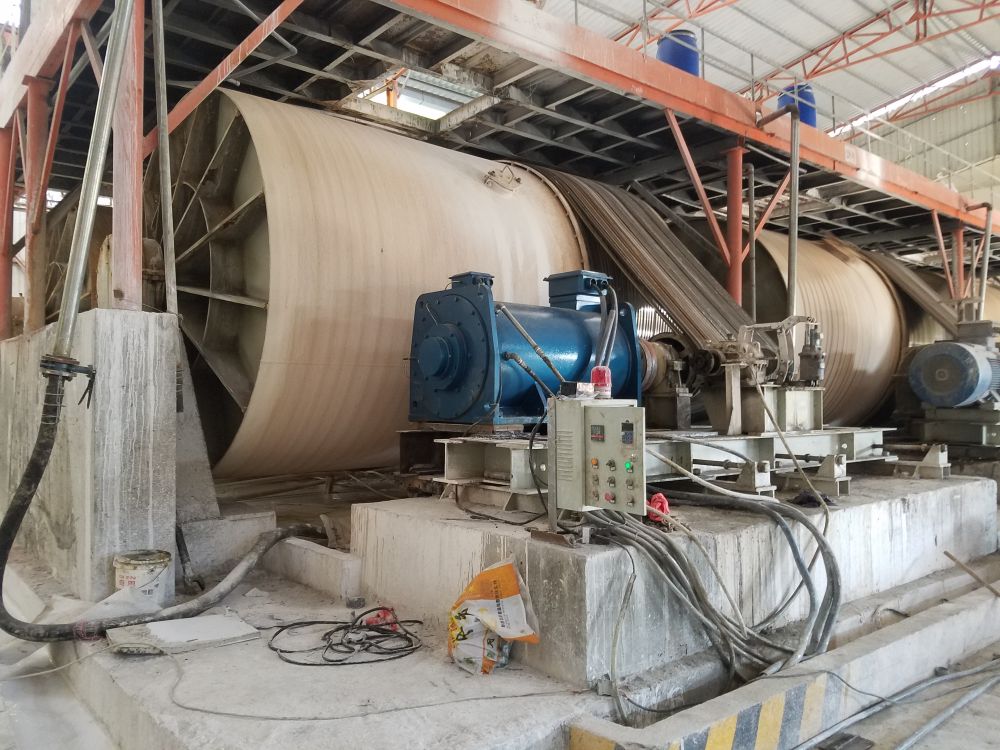What is “raxial flux?” It’s not a new genre of EDM.
Boutique Swedish automaker Koenigsegg recently unveiled the production version of its Gemera hypercar. It's a hybrid, powered by two available combustion engines as well as a single, powerful electric motor known as the "Dark Matter." How is it so small and so powerful? We don't have extensive details of the device, but we can tell a lot by what Christian Von Koenigsegg, the company's founder, has had to say about it. Direct Drive Electric Motor

The motor, which appears to be encased in forged carbon fiber, weighs under 40 kilograms. Koenigsegg claims it produces 800 horsepower and 922 lb-ft of torque. That's about 600 kilowatts, a figure which will be more useful for our purposes. Since we know the Gemera operates at 800 volts, it's going to take 750 amps of current to generate that peak kW figure. That's a lot of current.
This is where the six-phase detail comes in. A six-phase motor, in most cases, is effectively two three-phase motors operated as one. It allows for higher current to be distributed more effectively which avoids excessive heat buildup.
Koenigsegg briefly talks about the six-phase detail in the Gemera reveal video. Almost all electric motors in automobiles operate using three phases. Koenigsegg's less powerful "Quark" electric motor is three-phase, for instance. Phases are simply groups of wound copper coils that form the electromagnets in the stator. A three-phase motor may have just three coils or 33, it depends on what the motor designer wants. Six to nine coils are pretty typical for automotive radial flux.
In a permanent magnet motor and other types, three is the minimum you need for a practical motor design. Adding more phases doesn't necessarily have any great advantages unless you have a specific use case in mind. In Koenigseggs case, it's likely that having six phases effectively translates into two motors sharing a case. Without seeing the inside, though, this is pure speculation. We've seen other six-phase electric motors in high-power EVs like Ford's 1,973 hp Supervan.
What we can do a little more informed speculation on is the "raxial flux" part of the name. Permanent magnet radial flux motors operate by using a donut-shaped stator that surrounds a rotor of outward-facing permanent magnets. Almost all electric motors in EVs are radial flux machines, so-called because the stator pulls the permanent magnet around rotationally using radial force. Lucid's highly-efficient electric motors work this way, for instance.
Most axial flux motors likewise use permanent magnets, however, the stator coils in an axial flux machine are typically much more distinguishable. The stator coil faces are parallel to the largest face of the permanent magnets. This allows for a slimmer, flatter electric motor, and the flux acts in an axial direction as opposed to a radial direction, hence the name. An axial flux motor's components are arranged like a few pancakes as opposed to a donut and its associated munchkin.
British technology company YASA, which was recently acquired by Mercedes, is considered the leader in producing axial flux machines. It has supplied them to Koenigsegg in the past.
It can be assumed that Koenigsegg's "raxial flux" motor combines these two concepts. There are a few ways to do this. The stator coils could be a sort of U-shaped torus. Bend a paperclip around the spine of a book, and that could be what it looks like. The rotor could sit inside these U-shaped coils, likely with a set of magnets facing the tall sides of the U and the bottom side, for a total of three sets of magnets.
There are likely other better ways to do it, though. Koenigsegg, quoted in a piece by autoevolution, said that the technology is achieved by taking an axial flux motor and "increasing rotor diameter against the bulk of the stator and optimizing the stator OD (outer diameter) to be able to accept this extra flux.” That doesn't really clear much up in terms of the exact design—a patent was mentioned but I couldn't find it—but it does effectively translate into more area for magnetic force, known as flux, to act on. That translates into more torque, and if it can be applied at a higher RPM, more power.
Without cracking one of these motors open, which I don't think has happened, we can only speculate, though. The bottom line is that Koenigsegg has, once again, developed some very interesting automotive technology. As hybrids and EVs develop, we're likely to see more exotic motor designs coming out of the woodwork, especially in the exotic car space.
Got a tip? Email us at tips@thedrive.com
Sign Up For Our Newsletters
The chronicle of car culture, delivered to your inbox.
© 2023 Recurrent Ventures. All Rights Reserved.
Articles may contain affiliate links which enable us to share in the revenue of any purchases made.

Permanent Magnet Motor Technology Some benefits of our Car Shopping program may not be available in your area. Please see terms for details.